How Do Soccer Players Communicate With Each Other (and Refs)
If you are wondering how do soccer players communicate – this is for you.
Communication is the lifeblood of soccer, flowing through every pass, tackle, and goal. On the pitch, where the action is fast-paced and dynamic, effective communication is essential for success.
But how do soccer players, hailing from diverse backgrounds and speaking different languages, communicate amidst the chaos of a game?
In this article, we dive into the intricacies of soccer communication, exploring the various forms it takes and the strategies players use to ensure good team chemistry and understanding.
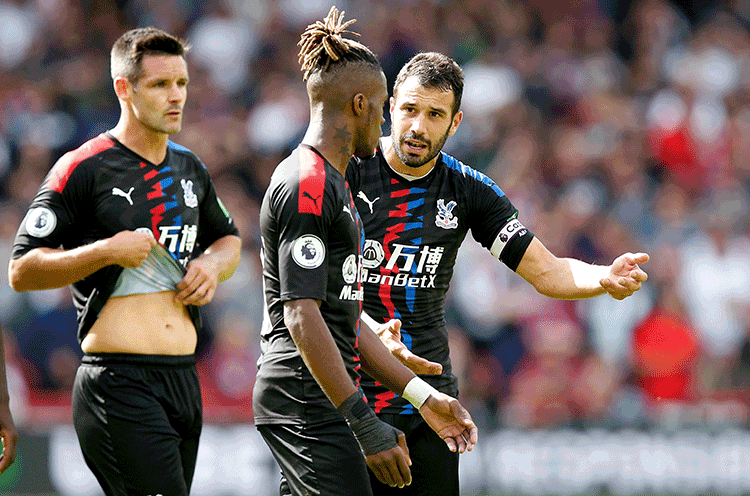
How Do Soccer Players Communicate
In this article, you can read through all 5 sections or skip ahead to the topics that are most important to you. Make sure to stick around until the end, watch the video tutorial, and get your special free gift that is guaranteed to make you a better player.
- How do soccer players communicate with each other
- How do soccer players from different countries communicate
- How do soccer players communicate with refs
- How do soccer coaches communicate with players
- How to become a better soccer player, improve faster & achieve more
I hope this article gives you all you need about how do soccer players communicate – Let’s get started!
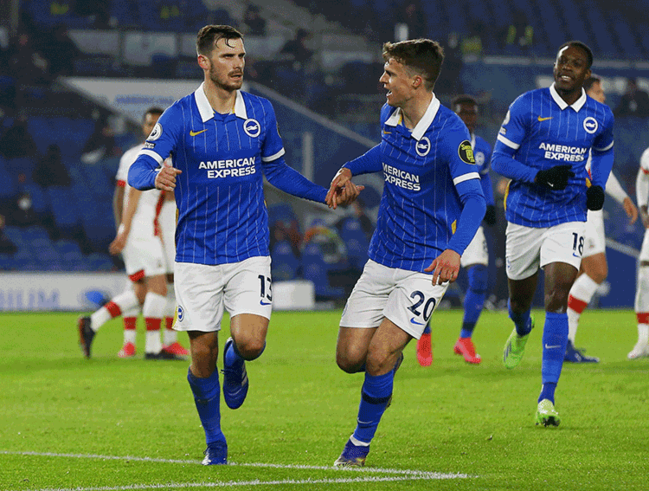
How Do Soccer Players Communicate With Each Other
On the field, communication is key, and it’s not always as simple as just talking. In the midst of the action, with the crowd roaring and players sprinting across the pitch, soccer communication takes on various forms to ensure everyone’s on the same page.
First off, there’s the classic verbal communication. Shouting out instructions, calling for the ball, or alerting teammates to opponents’ movements are all part of this. It’s loud and energetic, with players constantly encouraging each other and providing crucial information in the heat of the moment.
Then there’s non-verbal communication, which is just as important. A simple nod, a quick glance, or a hand gesture can convey volumes without a word spoken. This silent language helps players coordinate their movements, anticipate each other’s actions, and maintain positional awareness without disrupting the flow of play.
Of course, there’s also tactical communication, where players relay strategic instructions from the coach or captain. This could involve signaling a change in formation, coordinating a set piece, or adjusting defensive positioning based on the opposition’s tactics.
Ultimately, soccer communication is a dynamic blend of vocal, non-verbal, and tactical elements, all working together to keep the team connected and cohesive on the field. It’s loud, it’s noisy, but amidst the chaos, it’s what keeps players working together as one unit towards victory.
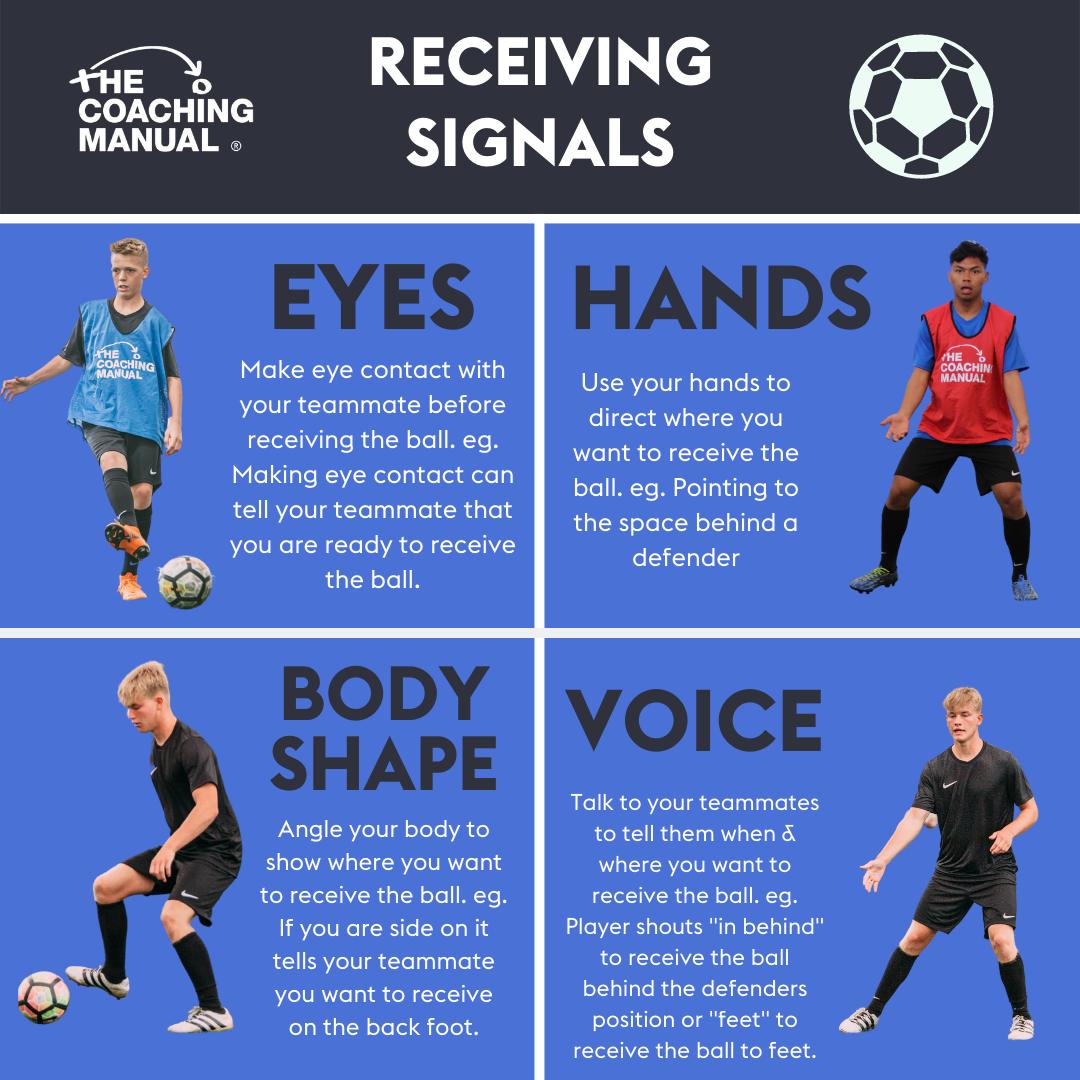
How Do Soccer Players From Different Countries Communicate
When soccer players from different countries come together on the same team, they bring not only their diverse skills but also their unique languages and cultures. Communication in such teams becomes a fascinating blend of languages, gestures, and shared understanding.
One common language that transcends borders on the soccer field is the universal language of the game itself. Soccer has its own vocabulary of movements, positions, and tactics that players from different backgrounds can understand intuitively, even if they don’t speak the same language.
Additionally, many players learn basic soccer terms and phrases in English, as it has become somewhat of a lingua franca in the soccer world. Simple commands like “man on,” “behind you,” or “switch play” are often understood by players regardless of their native language.
But it’s not just about words. Non-verbal communication plays a huge role in bridging language barriers. Players use hand signals, eye contact, and body language to convey messages and coordinate movements on the field. A nod, a point, or a pat on the back can speak volumes without a single word being uttered.
Moreover, off the field, players often make an effort to learn each other’s languages and customs, fostering a sense of camaraderie and understanding. Whether it’s through language classes, cultural exchanges, or simply spending time together, teammates find ways to connect beyond the game itself.
In the end, soccer has a unique ability to bring people together across linguistic and cultural divides. Through a combination of shared passion, mutual respect, and the universal language of the game, players from different countries communicate not just as teammates, but as a united squad striving for success.
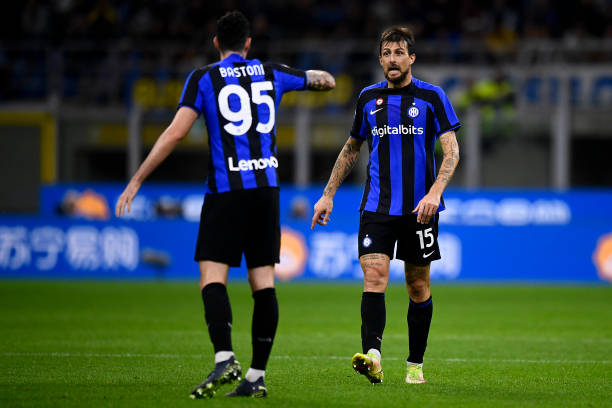
How Do Soccer Players Communicate With Refs
Communication between soccer players and referees is a delicate balance of respect, clarity, and advocacy for their team’s interests. Here’s how players typically interact with referees during a match:
- Respectful Dialogue: Players approach referees with respect, addressing them as “referee” or “sir/ma’am.” They maintain a calm and composed demeanor, even in moments of disagreement or frustration. Respectful communication sets a positive tone for the conversation and helps maintain mutual respect between players and officials.
- Clarification of Decisions: When players have questions about a referee’s decision, they often seek clarification through polite inquiry. They may ask for explanations regarding fouls, offside calls, or other rulings to better understand the situation. This respectful approach allows players to gain insight into the referee’s perspective and helps prevent further misunderstandings.
- Advocacy for Teammates: Players may also communicate with referees to advocate for their teammates’ interests. This could involve highlighting instances of perceived fouls, requesting disciplinary action against opponents for misconduct, or bringing attention to potential infringements during set pieces. Players advocate for their team within the bounds of sportsmanship, avoiding overly aggressive or confrontational behavior.
- Captains as Liaisons: Team captains often serve as the primary communicators between players and referees. They approach referees on behalf of their team to convey concerns, seek clarification, or discuss contentious decisions. Captains play a crucial role in maintaining positive communication between players and officials and can help de-escalate tense situations on the field.
- Acceptance of Decisions: Ultimately, players accept the referee’s decisions, even if they disagree with them. While they may express frustration or disappointment, especially in high-stakes situations, players understand the importance of respecting the authority of the officials. Acceptance of decisions helps maintain order and sportsmanship during the match.
Overall, communication between soccer players and referees is characterized by respect, clarity, and advocacy within the framework of the game’s rules and spirit. By maintaining open lines of communication and upholding mutual respect, players contribute to a positive and fair playing environment for all involved.
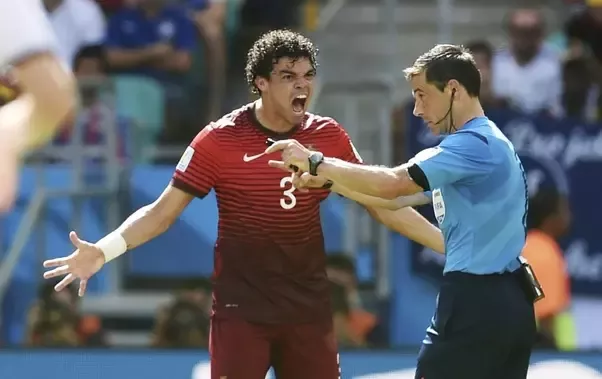
How Do Soccer Coaches Communicate With Players
Soccer coaches communicate with players through various methods to ensure clear understanding and effective instruction. When language barriers exist between coaches and players, they employ several strategies to facilitate communication:
- Basic Vocabulary: Coaches often learn essential soccer terms and phrases in the players’ native languages. This allows them to convey crucial instructions, tactics, and feedback during training sessions and matches. Simple commands such as “pass,” “shoot,” “defend,” and “move” are universally understood and help bridge language gaps.
- Demonstration and Modeling: Coaches use visual demonstrations and modeling to convey complex concepts and techniques. By physically showing players how to perform specific drills, tactics, or movements, coaches provide a clear and tangible example for players to emulate, regardless of language barriers.
- Non-Verbal Communication: Non-verbal cues, such as gestures, facial expressions, and body language, play a significant role in communication between coaches and players. Coaches use hand signals, nods, and other gestures to convey instructions, praise, or corrections effectively. These non-verbal cues transcend language barriers and ensure that messages are understood by all players.
- Translator Assistance: In situations where language differences are significant, coaches may utilize translators or bilingual staff members to facilitate communication. Translators help convey more complex instructions, provide detailed feedback, and ensure that all players fully understand the coach’s message. This approach allows coaches to maintain effective communication with players while addressing language barriers directly.
- Language Learning: Coaches may also make efforts to learn the language spoken by their players over time. By immersing themselves in the players’ culture and language, coaches demonstrate a commitment to effective communication and cultural understanding. Language learning fosters stronger relationships between coaches and players and enhances overall communication on and off the field.
In summary, soccer coaches employ a combination of basic vocabulary, visual demonstrations, non-verbal communication, translator assistance, and language learning to communicate effectively with players, even when language barriers exist. By utilizing these strategies, coaches ensure that their messages are understood and that players can perform to the best of their abilities, regardless of linguistic differences.
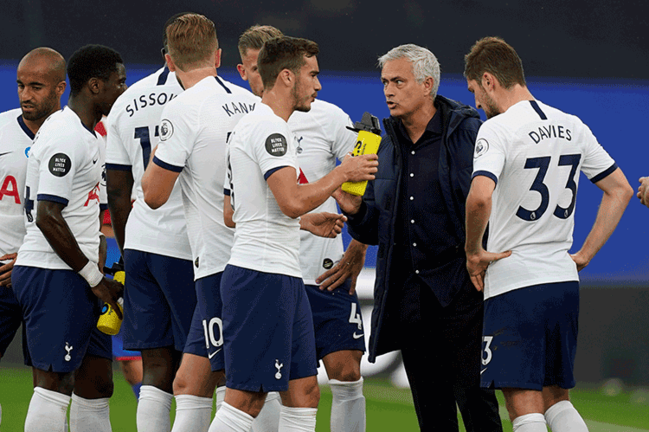
How Do Players Communicate In Soccer
In the beautiful game of soccer, communication is not just about words; it’s about understanding, connection, and unity.
Whether shouting instructions in a cacophony of voices, exchanging knowing glances, or bridging linguistic divides with the universal language of the game, soccer players communicate with a shared purpose: to win as a team.
Through respect, clarity, and ingenuity, players overcome obstacles, forge bonds, and elevate their performance, proving that on the field of dreams, communication truly knows no bounds.
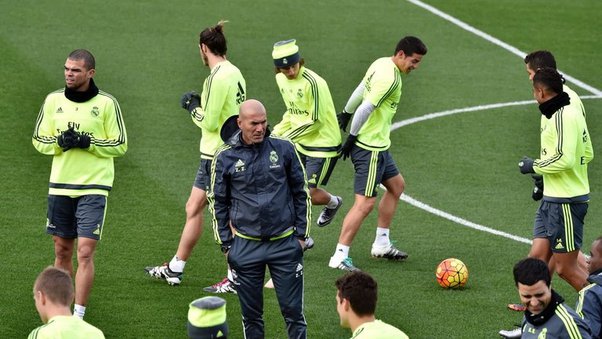
How To Become A Better Soccer Player
If you want to become a better soccer player, check out this 3-minute video. It’s not just another tutorial — it’s designed to help you understand your true potential as a soccer player.
Whether you’re a beginner or advanced player, the video explains how to improve your skills, develop your mindset, increase soccer IQ, and enhance your physical fitness.
You can start playing better, getting more respect from teammates, impressing your coaches, and performing with confidence under pressure.
Watch the video and discover how can your player transformation today:
Improve Your Game Today
Imagine the satisfaction of looking back and realizing that today was the day you decided to push yourself a little harder, run a little faster, and train a little longer. Tomorrow’s success is built on the decisions you make today.
Don’t wait for the perfect moment; make this moment perfect by committing to your improvement. Greatness isn’t found in procrastination — but by taking action today.
Seize the opportunity, embrace the challenge, and make a positive step towards your success. The future you want, is created by the decisions you make today.
If you really want to take another strong step in the right direction…
( continue reading )
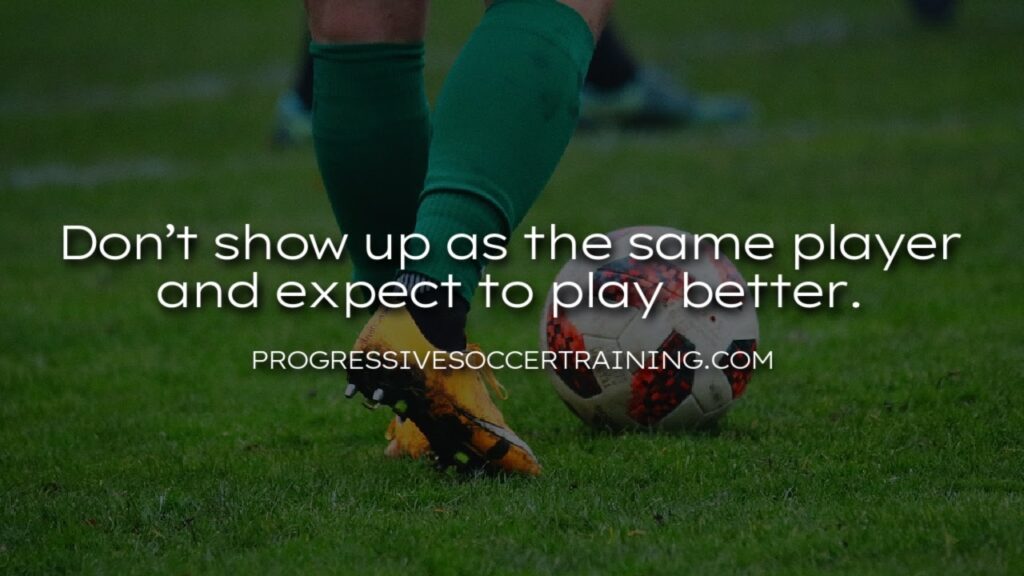
Free Soccer Planner
Are you tired of feeling like you’re not making progress in your soccer skills? Do you want to have a more organized and effective training routine? Do you struggle with setting and achieving your soccer goals?
If you answered yes to any of these questions, the Soccer Success Planner is for you. This planner will help you stay motivated, focused, and help you achieve your goals.
Set clear goals, track your progress, and stay accountable to yourself. With helpful prompts and exercises, you’ll be able to identify your strengths and weaknesses, plan your training sessions, and maximize your performance on the field.
Start taking control of your success in soccer! You can download it here (it’s 100% FREE) – The Soccer Success Planner

Want To Improve Faster?
Not getting better at soccer? Confused about how to train effectively? Maybe you’re worried that you won’t be properly prepared for your next big opportunity? Or you just want to standout and actually feel respected by your teammates, coaches, and friends?
Whatever struggles you’re going through, The Online Soccer Academy is the best solution to help you overcome obstacles and achieve goals. Thousands of satisfied players have already used this program to achieve incredible results in record time.
With expert coaching, structured player development systems, and easy-to-follow training routines, it’s guaranteed to elevate game.
Join today and start experiencing the transformation you’ve been waiting for! Get more information here – The Online Soccer Academy

About The Author
I used to be a soccer player who struggled with self-confidence. I felt slow, weak, and unmotivated. My coaches didn’t pay much attention to me, my friends laughed at my lack of skills. At one point, I even became so discouraged that I quit the sport altogether.
Enough was enough. I decided to take control of my own development and set out on a journey to become a better soccer player. This path led me on an incredible journey of self-improvement.
I went on to win league and goal-scoring titles, earn awards, lift trophies, and received a college scholarship. I’ve even earned international caps for my country.
I started sharing my knowledge, teaching others how to become the best soccer players they could be. My YouTube channel grew to over 500,000 subscribers. I coached for top youth clubs and men’s teams. Then started my own soccer academy.
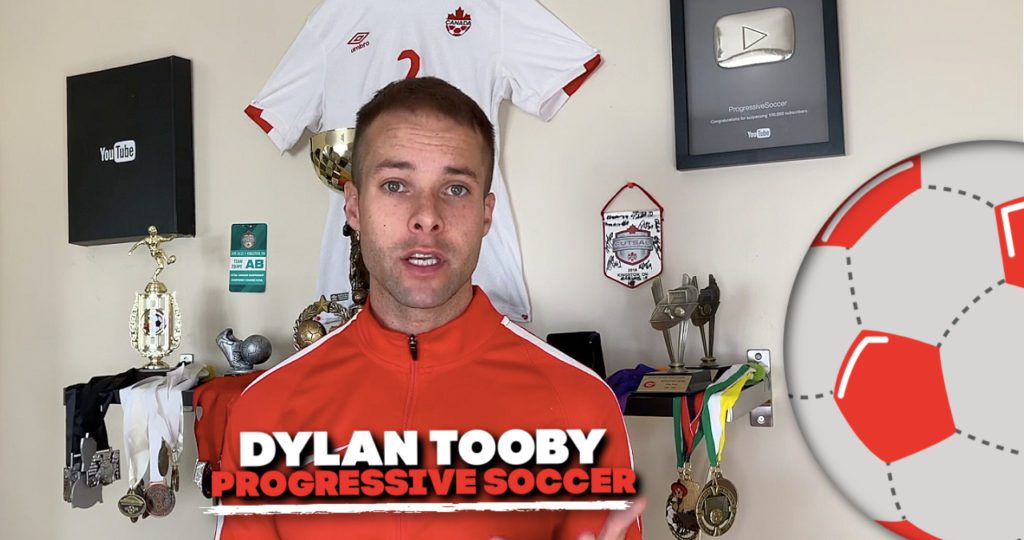
Become A Better Soccer Player
But enough about me, let’s focus on you.
If you’re looking to improve your skills, let’s take your soccer game to the next level. I want to help you make a noticeable change in style of play and overall performance on the field.
I’m passionate about helping players achieve their goals in soccer, and I’d love to be a part of your journey. I can help you reach your goals faster and achieve more in this sport, but I won’t force you. If you’re ready to take the next step, here’s what I suggest you do:
1) Download The Soccer Success Planner (FREE)
2) Apply To The Online Soccer Academy (Limited Spots)
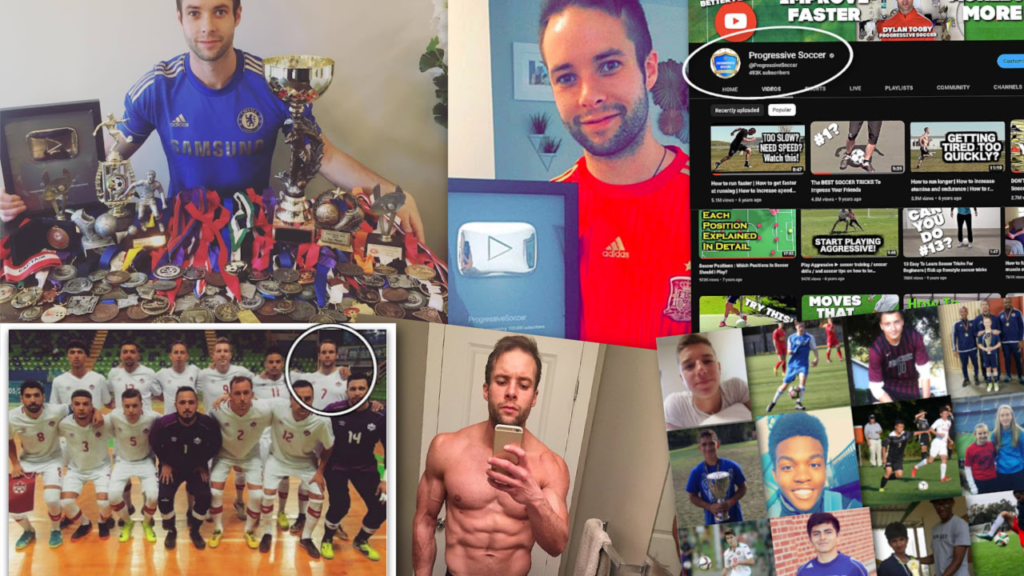
Want more soccer training content?
Here are some related soccer articles (and videos) you might enjoy:
How To Become A Better Soccer Player in 1 Day
From Failure To Top Goal Scorer
Wishing You Success In Soccer
Coach Dylan
Progressive Soccer
Thank you for reading this article:
How Do Soccer Players Communicate With Each Other (and Refs)
